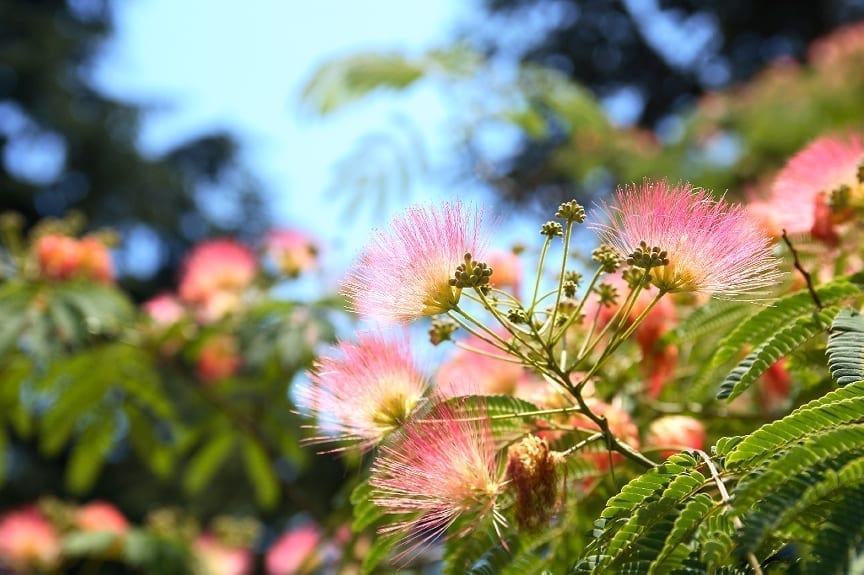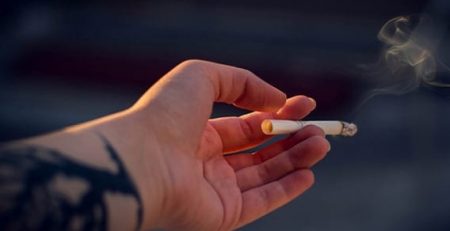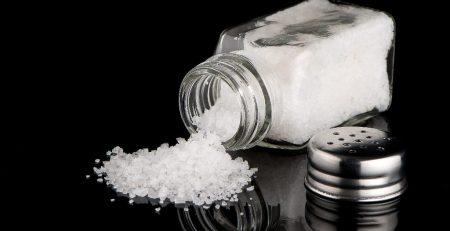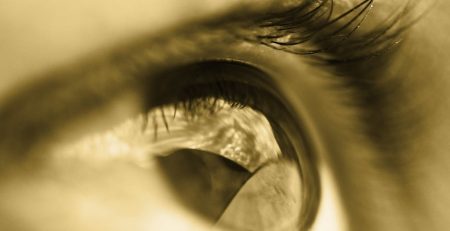Newly developed Silk Leaf
Nicer air and oxygen for space travel could be a possibility by a silk leaf. A graduate of the Royal College of Art named Julian Melchiorri has developed this interesting leaf along with a silk lab from Tufts University. An origin proteins are removed from silk and chloroplasts. When the leaf was given light a water, it responded just like any ordinary leaf and provided oxygen. “It’s very light, low energy-consuming,” he explains. “It’s completely biological and my idea was to use the efficiency of nature in a man-made environment. I created some lighting out of this material, using the light to illuminate the house but at the same time to create oxygen for us.”Malchiorri thinks this newly developed leaf won’t just be an ordinary “house hold” object but could benefit space. “NASA is researching different ways to produce oxygen for long-distance space journeys to let us live in space,” he continued. “This material could allow us to explore space much further than we can now.”
Besides providing the essential needs for astronauts, it could also benefit buildings and ventilation systems. Though this all seems like a pretty set idea, the leaf just may have some flaws. Photosynthesis is where the leaf gets stumped. The equation:6CO2 + 6H2O + –(Sunlight Energy)–> C6H12O6 + 6O2. Though the silk leaf needs the basic factors that real a real leaf requires, it doesn’t provide sugar. Plants perform photosynthesis in order to create food for themselves. The things that store food in plants is missing on the Silk Leaf.














